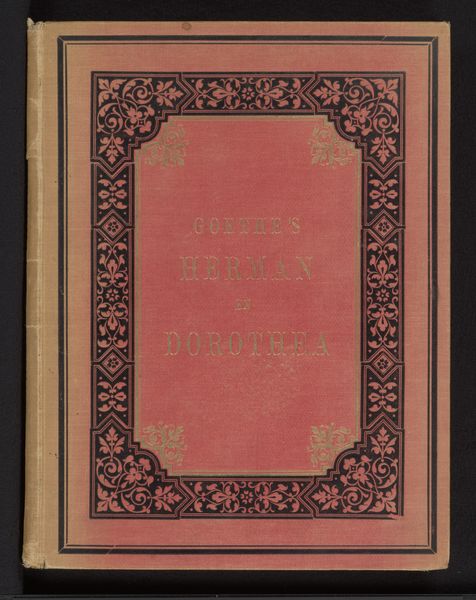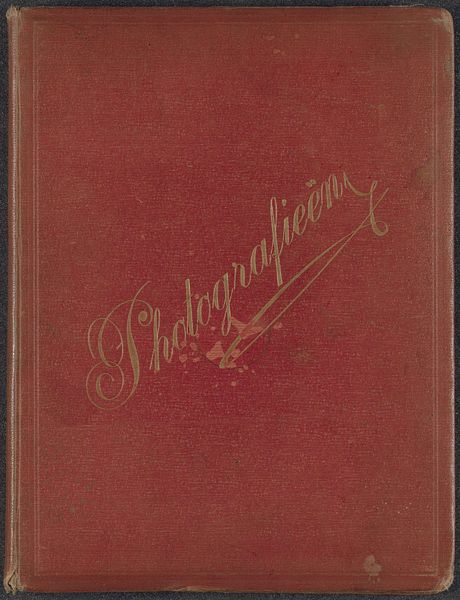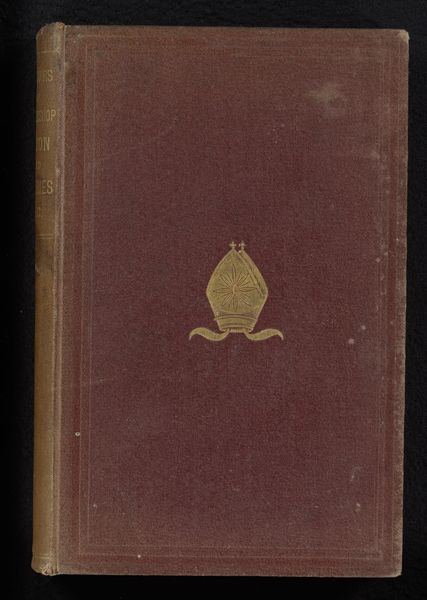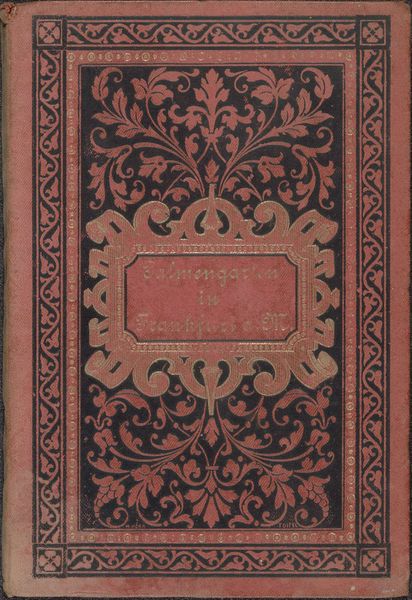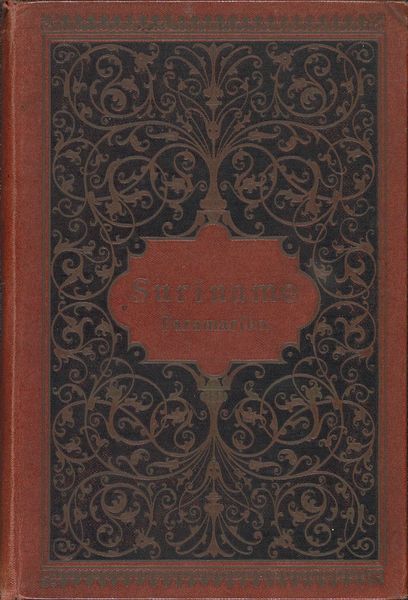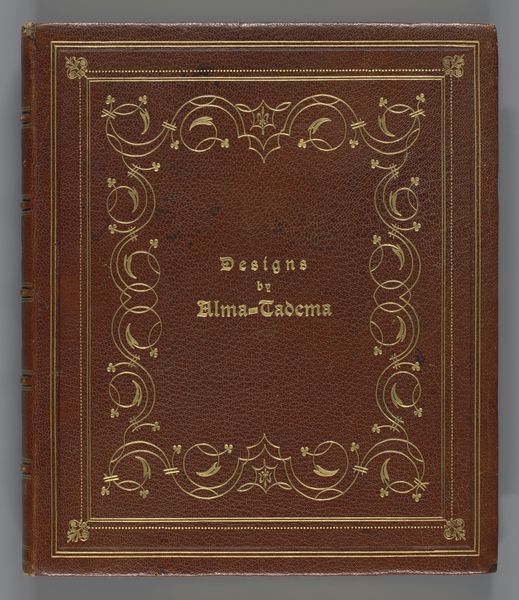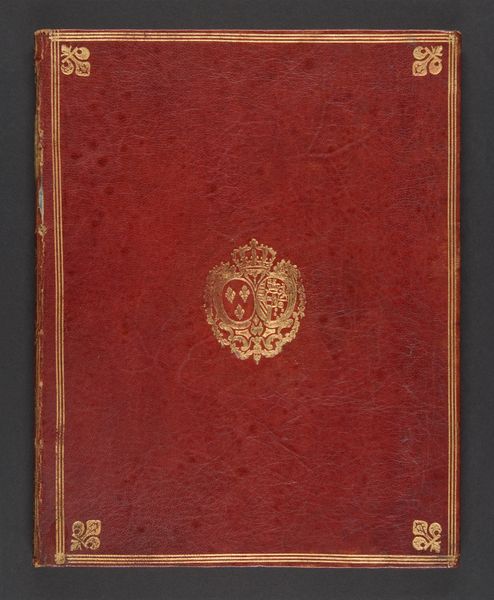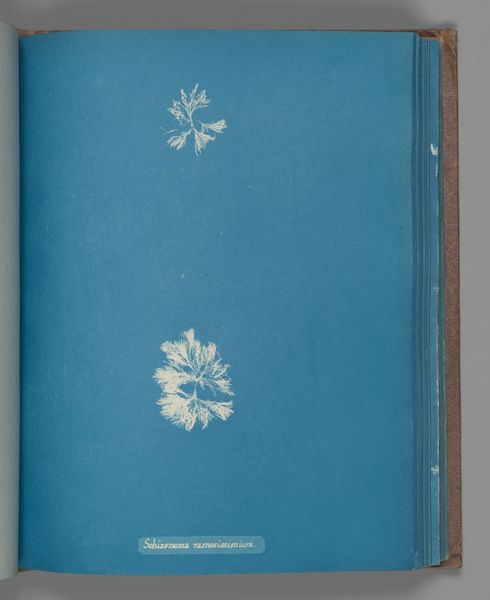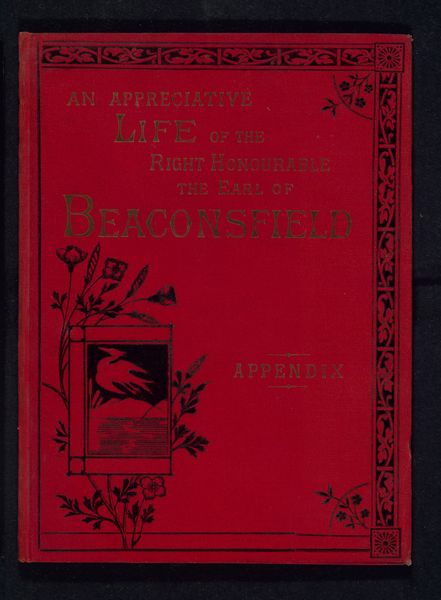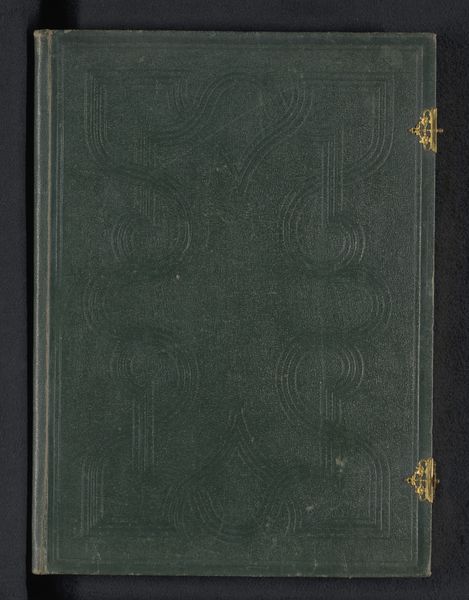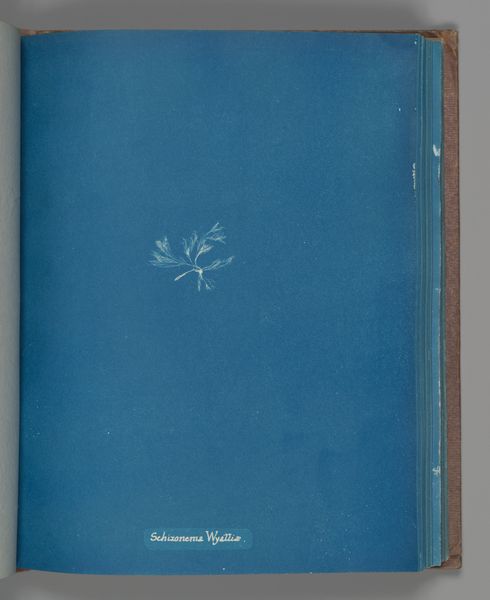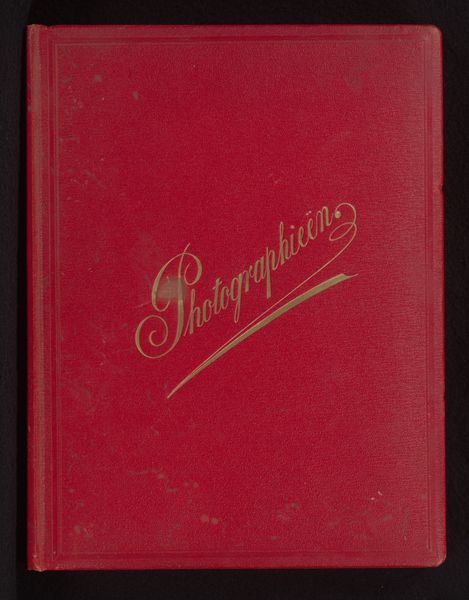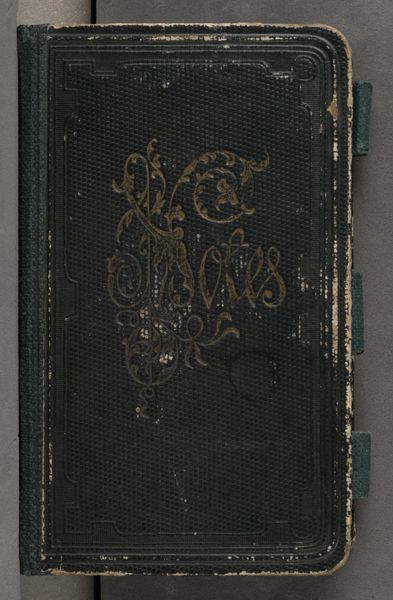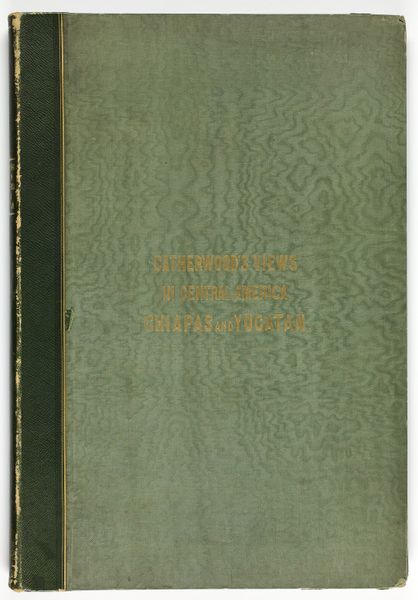
drawing, collage, print
#
drawing
#
collage
# print
#
book
#
coloured pencil
#
decorative-art
Dimensions: 9 13/16 x 7 5/16 in. (25 x 18.5 cm)
Copyright: Public Domain
Curator: Before us is the book cover for *Midsummer Night's Dream*, dating back to 1870, and currently residing here at the Metropolitan Museum of Art. It presents itself with remarkable detail in its medium of collage and print work. Editor: My first thought is, "Victorian fantasy." It’s that delicate, almost fussy, gold detailing against the deep crimson, like a hidden world pressed between hard covers. I notice that the leaves, spiderwebs and even little birds, are all laid on with care, what can you tell me about this level of design? Curator: Certainly, it fits squarely within a Victorian-era aesthetic, appealing to a burgeoning middle class who saw books not just as a source of knowledge but also as status symbols. This decorative treatment elevates a Shakespearean play into a collectible objet d'art. Editor: A collectible meant for display as much as reading, I imagine. The gold accents—likely applied with precise machinery—hint at an industrialized process, ironically mirroring the magic depicted, of crafting illusion for mass consumption. Curator: Indeed, and such embellishment also spoke to an increasing culture of aestheticism and ornamentation; bookbindings became canvases themselves. Note the publisher’s role, subtly encouraging buyers to value design along with content. Editor: Yes, the focus shifts from purely utilitarian function to a curated object, where craft imitates nature. The materiality – the layered print and probable application of gilt – emphasizes the artificiality in attempting to capture something as fleeting as a dream, or a play. It's fascinating how such everyday book making is a reflection of society at the time. Curator: Absolutely, we gain valuable insight into both the socio-economic status connected to art production and our literary canons by observing shifts such as these, aren't they grand? Editor: Undeniably. Considering this book, this physical form and mass production shows that every interaction of art gives the receiver a completely fresh experience that can't be beat.
Comments
No comments
Be the first to comment and join the conversation on the ultimate creative platform.
